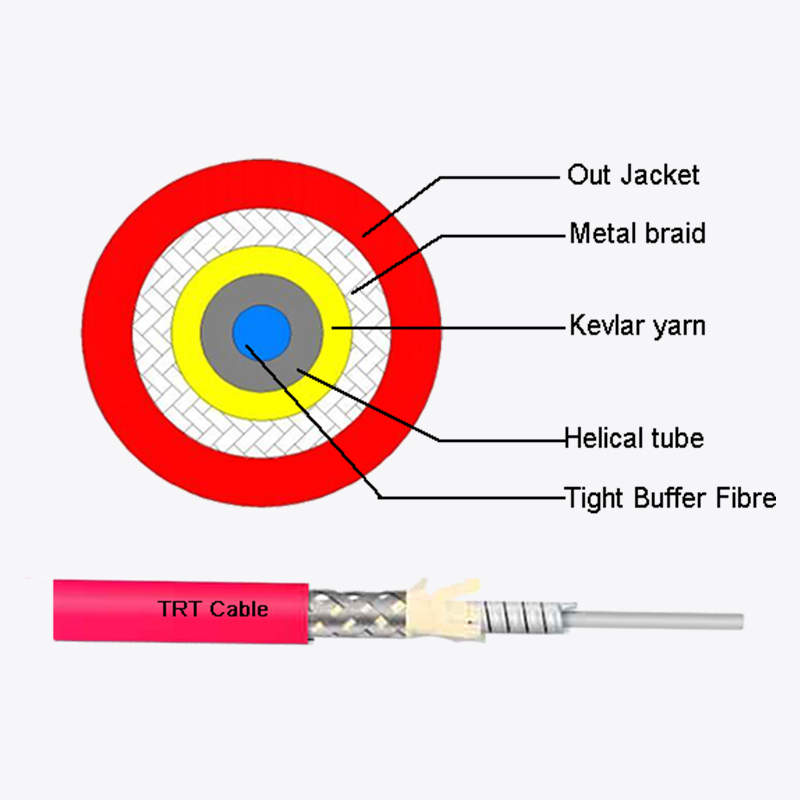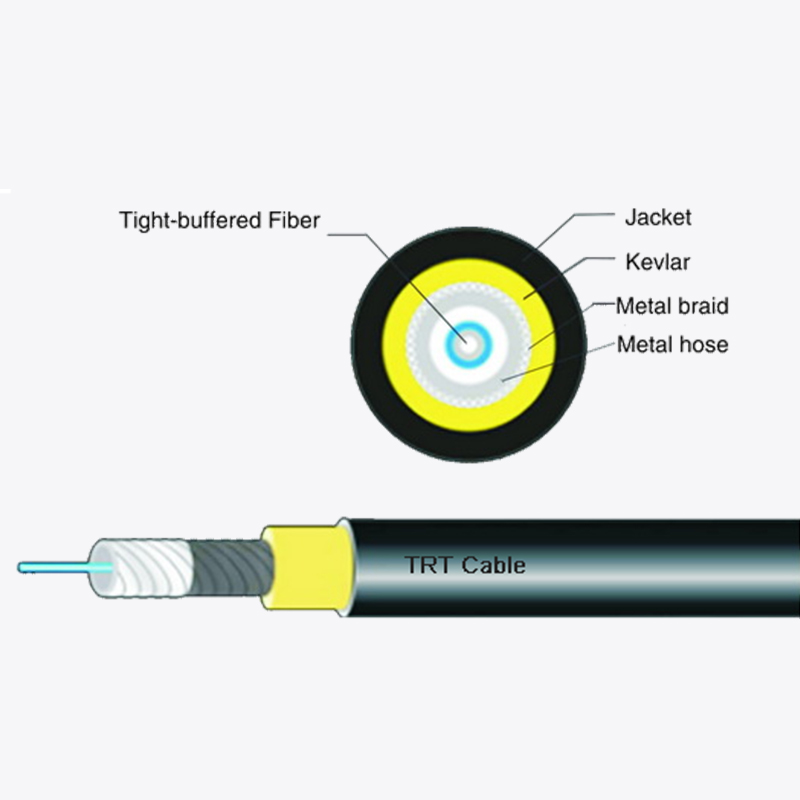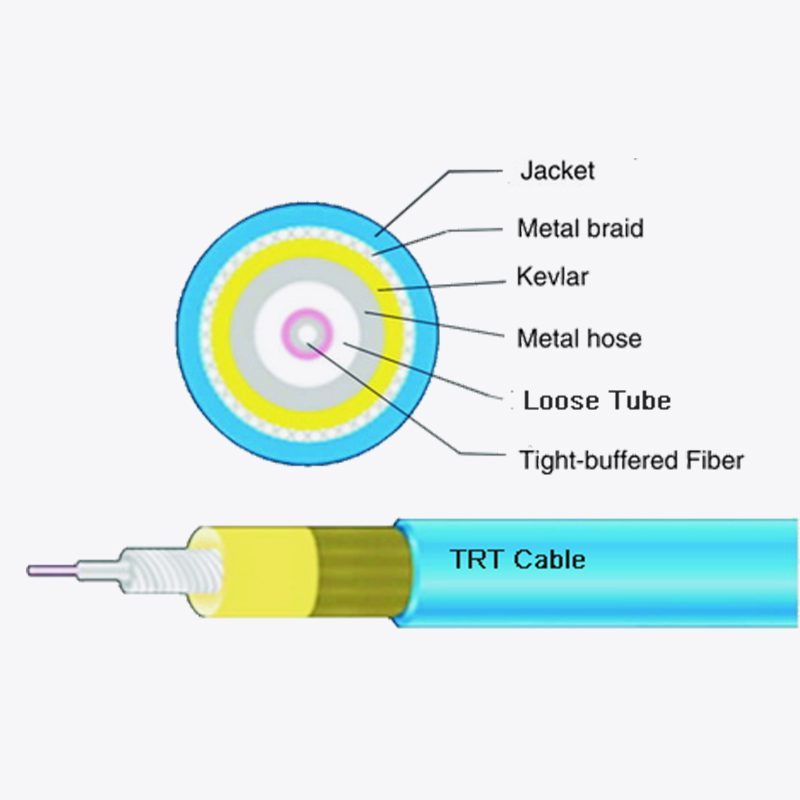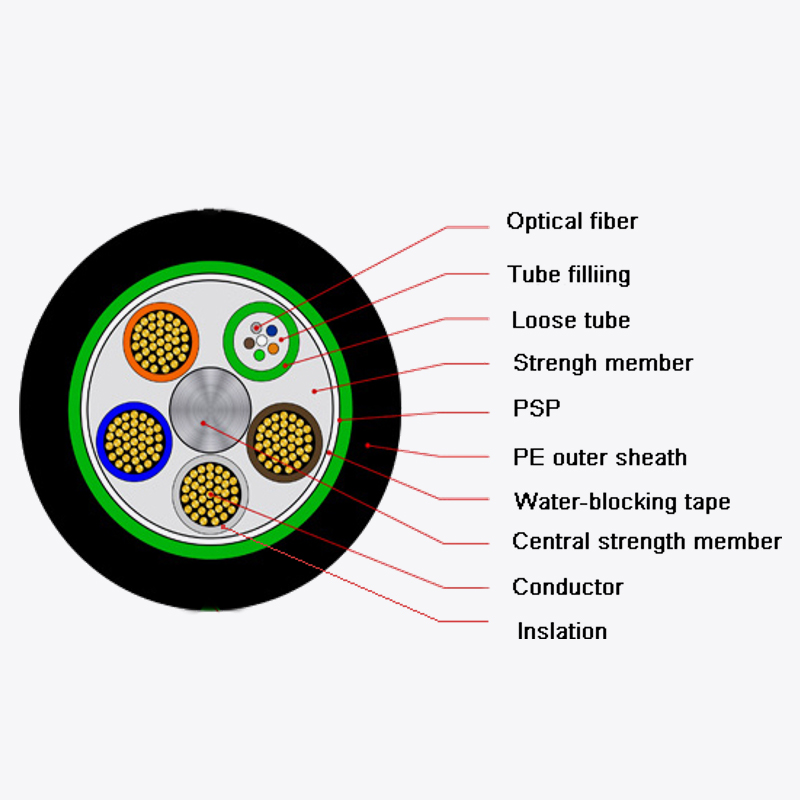Web Menu
Product Search
Exit Menu
Protection and Flexible Application Characteristics of Flexible Armored Cable

Protection and Flexible Application Characteristics of Flexible Armored Cable
As a special cable with both protective performance and flexibility, the structural design of flexible armored cable is the basis for realizing multiple functions. The ultra-small stainless steel hose used in the outer layer has a precision-processed protective structure, which maintains the solid characteristics of the metal material and reduces the impact on the overall flexibility of the cable through miniaturization design. This structure not only provides basic mechanical protection, but also builds the first barrier for the internal cables to resist physical impact and friction in the external environment. On the inside of the stainless steel hose, a large area of high modulus Kevlar material is woven and reinforced in a specific way to form an intermediate layer with both strength and toughness. The characteristics of Kevlar material are fully utilized. Through reasonable distribution density and weaving angle, the cable can evenly disperse the stress when it is subjected to tension, thereby ensuring the stability of the overall structure under stress. The thermoplastic polyurethane elastomer protective sleeve of the inner layer plays the dual role of sealing and buffering. Its material properties enable it to fit closely to the internal cables to form a stable structural support. When the temperature changes or external forces act, it reduces the impact on the cables through its own elastic deformation, providing continuous protection for the core conduction part.
The comprehensive protection capability of flexible armored cable
The protective ability of flexible armored cable is reflected in its resistance to various environmental factors, which comes from the synergy of various structural layers. The ultra-small stainless steel hose as the outer layer of protection can effectively block external mechanical damage. Its metal material characteristics make it not easy to deform when facing general physical impact, thus protecting the internal structure from damage. The Kevlar reinforcement layer in the middle plays a key role in tensile resistance. When the cable is pulled by external force, its high modulus characteristics can quickly respond and disperse stress to avoid structural fracture caused by excessive local force. This protection is not limited to static force scenarios. During dynamic pulling, the toughness of the material can buffer the impact caused by the change of tension and maintain the stability of the cable. The protective function of the thermoplastic polyurethane elastomer sleeve focuses more on chemical and environmental protection. The oil resistance of the material itself enables it to maintain structural stability when in contact with various oily substances without swelling or aging; while the heat resistance and low temperature flexibility ensure that the cable will not soften due to high temperature or lose elasticity due to low temperature in an environment with large temperature fluctuations, and always maintain a good sealing and protection state.
Analysis of environmental adaptability of flexible armored cable
The environmental adaptability of flexible armored cable comes from the coordinated optimization of material selection and structural design. The special bending cable design breaks the limitation of insufficient flexibility of traditional armored cables. Through the special arrangement of internal cables and the elastic coordination of the insulation layer, the cable can be bent within a large angle range and maintain stable performance after multiple bending. In terms of temperature adaptation, the temperature resistance of each layer of material complements each other. Stainless steel hoses can withstand high temperature baking and low temperature freezing, Kevlar materials have less performance fluctuations in temperature changes, and thermoplastic polyurethane elastomers can remain soft in low temperature environments to avoid brittle fractures caused by hardening. This combination enables the cable to maintain normal working conditions under different climatic conditions. For environmental factors such as humidity and corrosive gases, the sealing performance of thermoplastic polyurethane elastomers and the anti-corrosion properties of stainless steel hoses work together. The tight structure of the elastomer sleeve can prevent the penetration of moisture and corrosive media, while the chemical stability of the stainless steel material further reduces the risk of erosion of the cable by the external environment, ensuring that the cable's conductive performance and structural integrity are not affected in humid or slightly corrosive environments.
Application scenarios and practical value of flexible armored cable
The practical value of flexible armored cable is fully reflected in a variety of application scenarios, and its design concept is always centered around actual use needs. In equipment that needs to be frequently moved or bent, such as the connection part of the robot arm of an automated production line, the flexible characteristics of the cable enable it to flexibly adjust its shape with the mechanical movement, avoid damage caused by repeated bending, and reduce the frequency of equipment maintenance. In environments with more physical collisions and friction, such as the connection lines of heavy equipment in industrial workshops, the protective ability of the outer stainless steel hose can effectively reduce the damage caused by accidental contact to the cable and ensure the continuity of equipment operation. Its oil resistance makes it suitable for scenes with frequent contact with grease, such as machine tools and hydraulic equipment, to reduce the performance degradation caused by oil erosion. In outdoor or open-air installation scenes, the cable can withstand the influence of natural factors such as wind, rain, temperature changes, etc., without the need for additional heavy-duty protective sleeves, simplifying the installation process and reducing the space occupied by the overall layout.
 Address:Zhong'an Road, Puzhuang Town, Suzhou City, Jiangsu Prov., China
Address:Zhong'an Road, Puzhuang Town, Suzhou City, Jiangsu Prov., China Phone:+86-189 1350 1815
Phone:+86-189 1350 1815 Tel:+86-512-66392923
Tel:+86-512-66392923 Fax:+86-512-66383830
Fax:+86-512-66383830 Email:[email protected]
Email:[email protected] Wechat: xiaobin18913501815
Wechat: xiaobin18913501815 whatsapp: +86 18913501815
whatsapp: +86 18913501815
 0
0

 English
English русский
русский Español
Español Português
Português عربى
عربى



